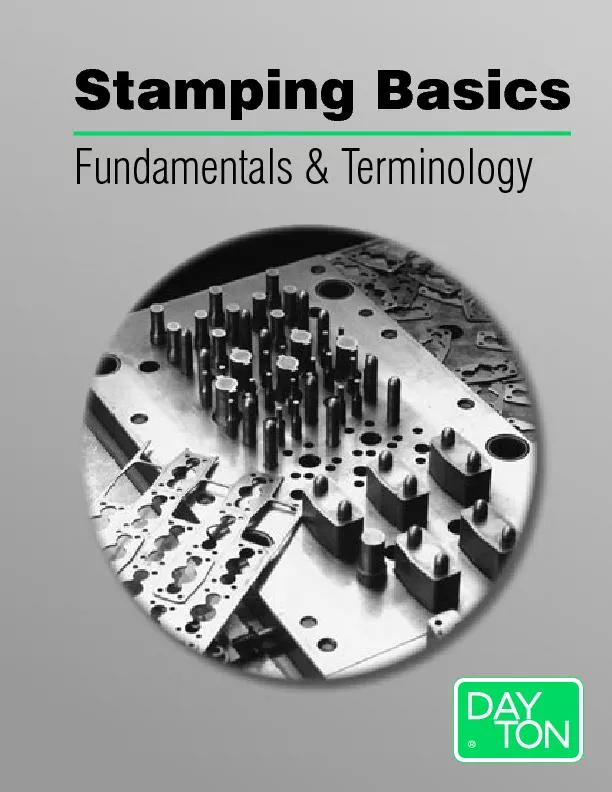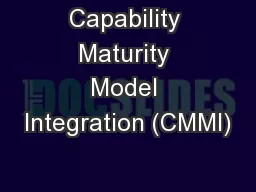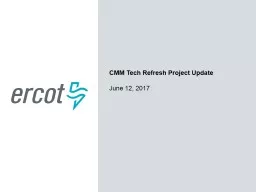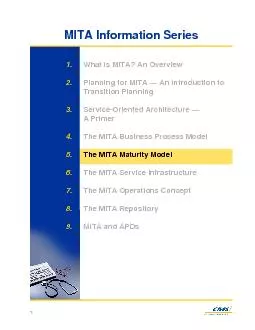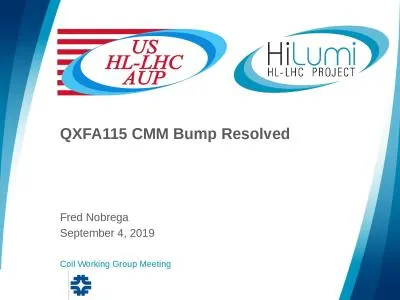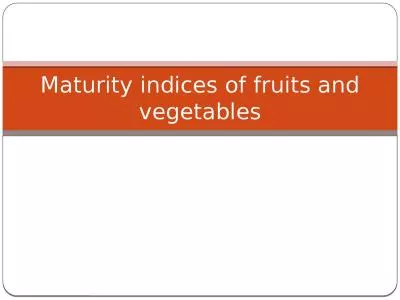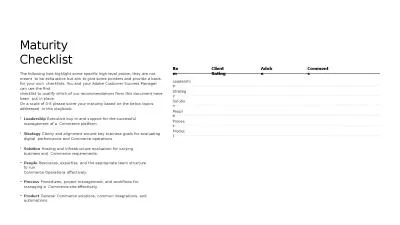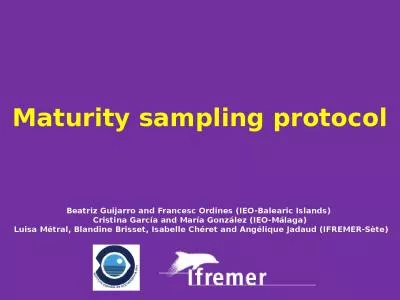PPT-Capability Maturity Model -- CMM
Author : yoshiko-marsland | Published Date : 2016-05-09
Developed by the Software Engineering Institute SEI in 1989 SEI is a spinoff of Carnegie Mellon University in Pittsburgh Immature Organizations Processes are ad
Presentation Embed Code
Download Presentation
Download Presentation The PPT/PDF document "Capability Maturity Model -- CMM" is the property of its rightful owner. Permission is granted to download and print the materials on this website for personal, non-commercial use only, and to display it on your personal computer provided you do not modify the materials and that you retain all copyright notices contained in the materials. By downloading content from our website, you accept the terms of this agreement.
Capability Maturity Model -- CMM: Transcript
Download Rules Of Document
"Capability Maturity Model -- CMM"The content belongs to its owner. You may download and print it for personal use, without modification, and keep all copyright notices. By downloading, you agree to these terms.
Related Documents



